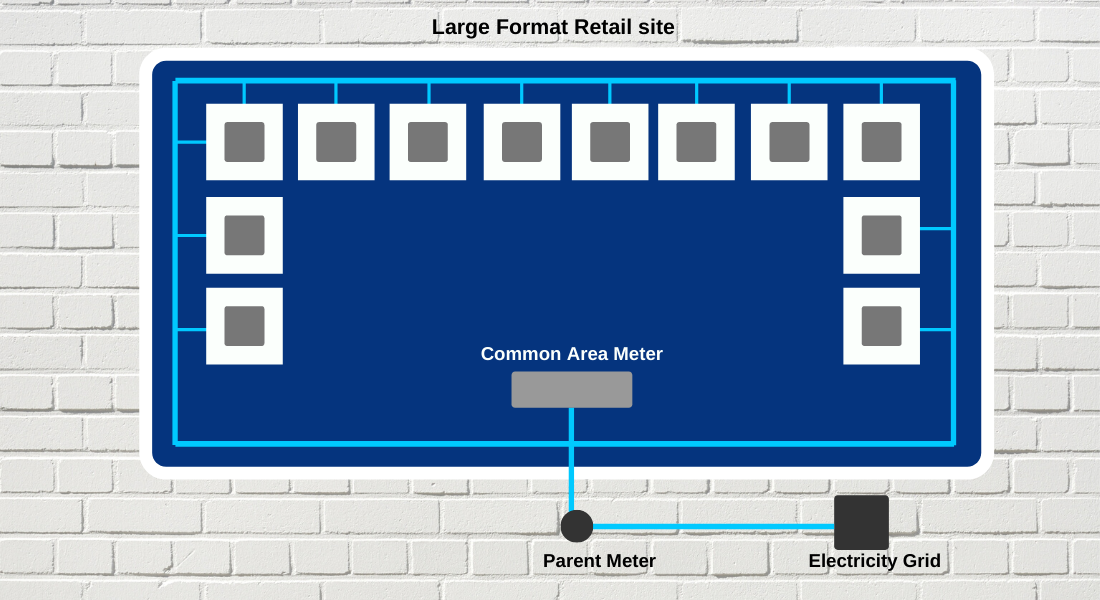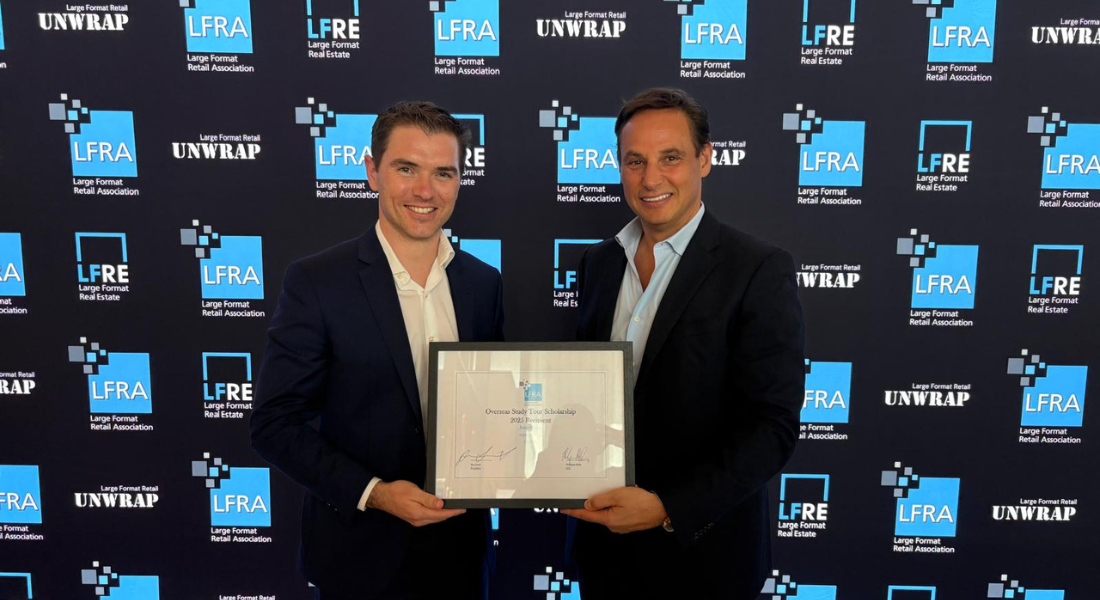The Problem with Embedded Networks

The Problem with Embedded Networks
Current regulatory arrangements for embedded electricity networks are no longer fit for purpose, resulting in some customers not being able to access competitive prices or important consumer protections. There are also insufficient monitoring and enforcement powers, leading to a lack of clarity that embedded network operators are meeting their obligations as suppliers of an essential service.[1]
Embedded networks are a privately owned electricity network, connected through a ‘parent’ connection point to a distribution system in the national electricity grid, which provide electricity to consumers within that network. They are often used in shopping centres, office blocks, apartment developments and other similar situations, and are loosely regulated.
Conceptually the embedded network manager (ENM) uses the buying power of the group and their expertise to negotiate a better rate for the network participants. The benefit is then passed on to those participants (whose use of electricity is generally sub-metered).
There are certainly advantages in embedded networks for some occupants – particularly those who have neither the time, inclination or influence to regularly and effectively review and negotiate their rates.
However, the theoretical advantages often tend to evaporate in reality, especially for Large Format Retail tenants who generally have the buying power, capacity, expertise and commercial incentives to negotiate discounted rates.
One of the problems with an embedded network is that occupants are ‘locked in’ where there is usually no ability for them to choose their own energy retailer. The electricity provided by the ENM is their only choice, an authorised monopoly.
Further, some ENMs have taken the view that embedded networks provide a great opportunity for developers and owners to create additional income.
Given the costs of ongoing maintenance of the network, and the labour involved in managing the network, it is understandable that ENMs charge fees associated with the network (or pass the electricity on at a higher cost).
However, when ENMs start viewing the on-provision of an essential service to occupants as an important source of revenue, it seems to me that the role of the ENM is being perverted.
An article commenting (seemingly from a landlord’s perspective) on the Australian Competition and Consumer Commission’s draft determination and interim authorisation (as it was at the time) for the LFRA to collectively purchase electricity bemoaned the possibility that tenants might opt out of using the landlord as an electricity supplier where there was power of choice and landlord’s rates were not competitive.
Where a tenant has signed up to a lease which entrenches the landlord as the only supplier (whether in reality or effect[2]), landlord ENMs can breathe a sigh of relief and continue to charge whatever rates they feel are appropriate, largely unrestricted, and a tenant will have limited recourse to dispute those charges.
An additional problem for relevant retailers, is that there are no obligations under retail tenancy legislation for landlords to disclose to tenants that electricity is supplied through an embedded network or the manner in which electricity rates and charges in a network may be increased over the term of the lease.
Of course, landlords are entitled to recover their costs, but lack of transparency and limitations regarding the manner in which they do so makes planning difficult for tenants.
Absent is an obligation upon landlords to provide this information, tenants should certainly seek historical data and projections regarding likely electricity costs for tenants in disclosure documentation.
A package of reforms has been proposed by the Australian Energy Market Commission (AEMC) to give greater protection to consumers of electricity in embedded networks.
However, with governmental cooperation required, the timing of the implementation and extent of those reforms remains uncertain. In any case, extended transitional arrangements or exemptions have been proposed for existing embedded networks.
With electricity being a significant proportion of their costs, it is incumbent upon retailers to closely review their electricity arrangements under leases to ensure that there is transparency in the manner in which electricity will be on-charged in embedded networks and protection from being locked in to undesirable rates and arrangements.
[1] Australian Energy Market Commission, Final Report “Updating the Regulatory Frameworks for Embedded Networks”, 20 June 2019, page i (Embedded Network Report) .
[2] Reasons cited by the AEMC in Embedded Network Report include an inability to obtain a national meter identifier, delays by ENM, lack of retailers willing to make an energy only offer, costs and other barriers – page iv, above.

By David Krolikowski, Director, KHQ Lawyers




